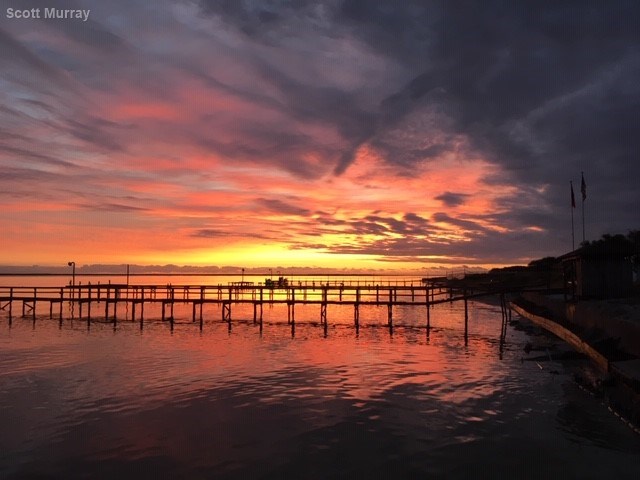Official San Fernando and Petronila Creeks WPP now available:
Baffin Bay is considered a jewel of the Texas coast. The Bay and its watershed support some of the highest commercial and recreational fishery landings in the state and provide critical habitat for numerous bird and wildlife species. Petronila Creek and San Fernando Creek are two of the three major tributaries to Baffin Bay; however, these creeks are considered impaired for not meeting the state’s water quality standards for contact recreation because of elevated levels of enterococcus and E. coli bacteria, as well as problems with pH and elevated nitrates, chlorophyll-a and total phosphorus.

Fish kills, loss of seagrass, and persistent harmful algae blooms (HABs) in the early 2000s increased local community awareness about the importance of water quality and its impact on Baffin Bay and the surrounding ecosystem. In 2013, concerned stakeholders collaborated with Harte Research Institute (HRI) to study Baffin Bay’s water quality, and found the Bay’s watershed contributes excessive nutrient (nitrogen and phosphorus) and bacterial pollution to the Bay. In 2018, local residents, scientists, and conservation organizations came together to create the Baffin Bay Stakeholder Group (BBSG). This group represents a long-term collaborative effort to develop solutions to protect water quality in Baffin Bay and it led the charge to develop a watershed protection plan (WPP) for Petronila and San Fernando Creeks. Bringing Baffin Back™, a collaboration between HRI, the Coastal Bend Bays & Estuaries Program (CBBEP), and BBSG, unites efforts to protect the Bay and its watershed under one initiative.
In March 2023, the EPA approved the San Fernando and Petronila Creeks WPP. Implementation of the plan continues to the present and has helped to bring additional resources to those watersheds including funding for continued water quality monitoring, community education events, and failing septic abatement programs, to name a few. The WPP comprises a suite of implementable actions prioritized according to technical merit and water quality benefits to the Bay; and presents a unified approach to seek and secure implementation funding and to coordinate efforts in the watershed.





